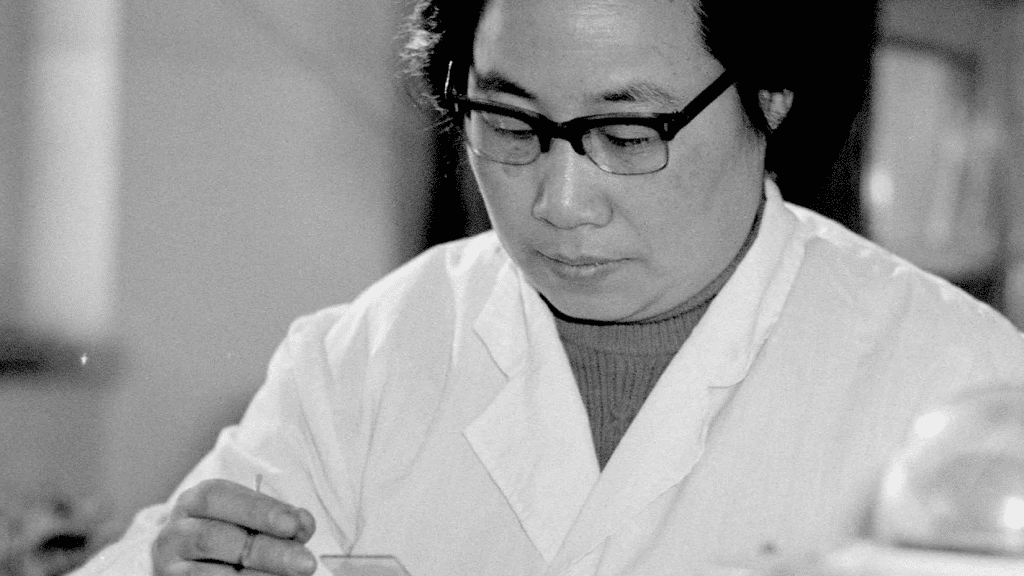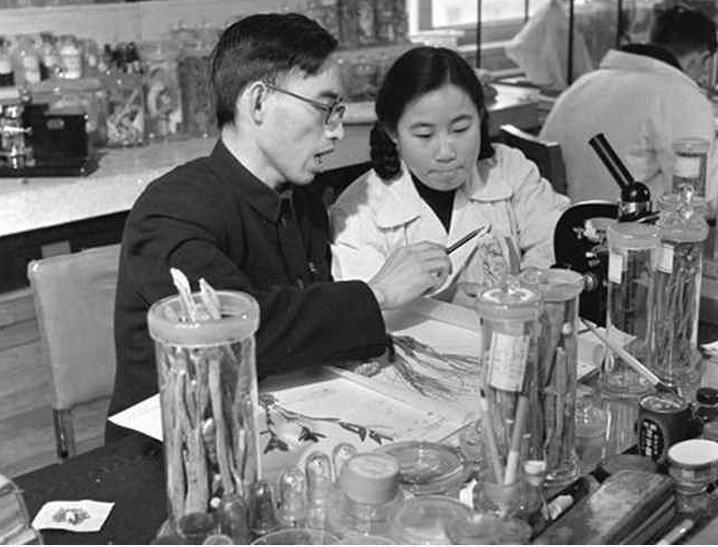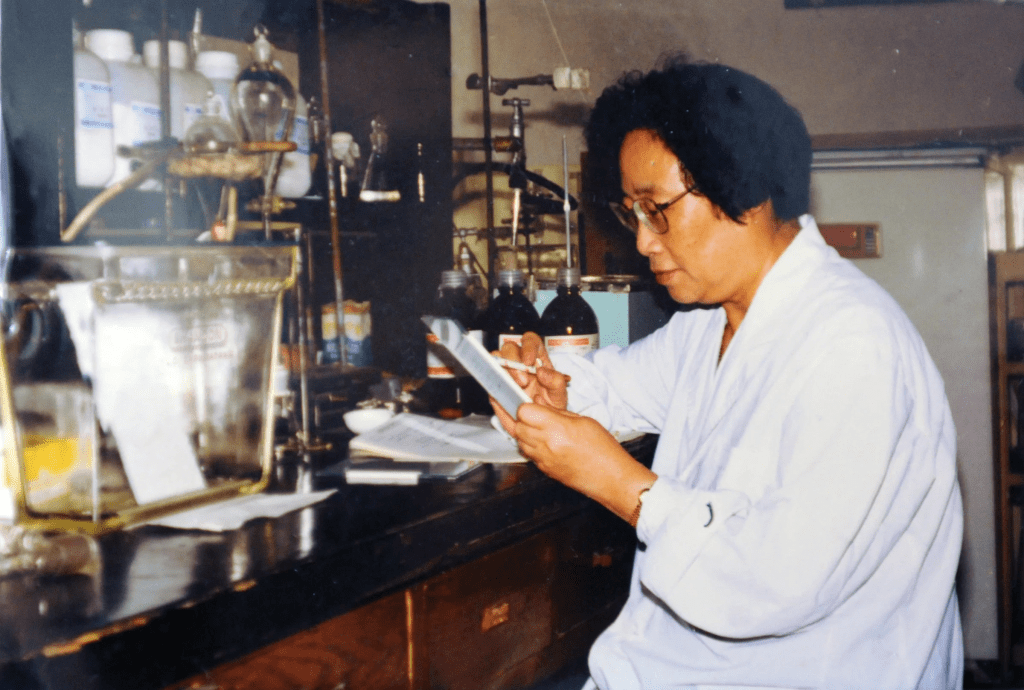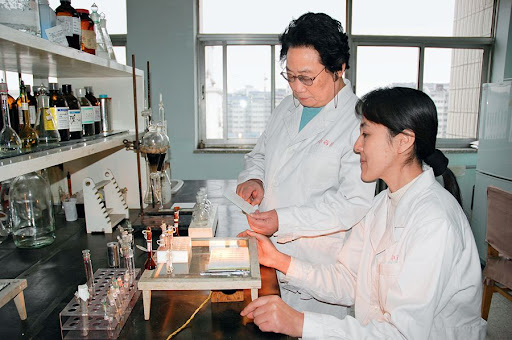In the thick jungles of the Vietnam War during the 1960s and 70s, malaria became a silent killer. The mosquito-borne disease was more deadly than bullets, claiming the lives of countless soldiers from both sides. At the time, no reliable treatment seemed effective against the increasingly drug-resistant strains of the parasite. That is, until a determined Chinese scientist named Tu Youyou changed the course of history with a discovery rooted in ancient wisdom.

Tu Youyou’s Bold Mission to Defeat Malaria
Tu Youyou was born in 1930 in Ningbo, China. After studying pharmacology at Beijing Medical College, she began her career at the China Academy of Traditional Chinese Medicine. In 1969, during China’s Cultural Revolution, Tu was appointed to a top-secret military project known as Project 523. The goal: find an effective treatment for malaria that could be used to protect soldiers fighting in malaria-endemic regions like Vietnam.
Western medicine had hit a wall. Chloroquine, once reliable, was now failing against resistant strains. With few resources and under immense political pressure, Tu Youyou turned to a surprising source for answers ancient Chinese herbal medicine.

Digging Into 1,600-Year-Old Texts
Tu and her team combed through thousands of traditional remedies, studying ancient medical texts dating back over a thousand years. One mention in a 1,600-year-old manual called “The Handbook of Prescriptions for Emergency Treatments” caught her attention. It suggested using sweet wormwood (Artemisia annua) to treat intermittent fevers, a common symptom of malaria.
Video:
How an Ancient Remedy Became a Modern Cure for Malaria
Most researchers had dismissed this herb due to past extraction failures, but Tu Youyou took a fresh approach. She noticed the ancient text warned against boiling the plant, which may have destroyed the active ingredient. Taking that cue, she adjusted the extraction process, using low-temperature methods instead. That decision was the breakthrough.
The resulting extract, later named artemisinin, showed remarkable potency in killing malaria parasites in laboratory tests.
Tu Youyou Tested the Cure on Herself
Before moving to human trials, Tu made a bold and deeply personal decision. To prove the safety of the artemisinin extract, she took it herself. She believed so strongly in the potential of the remedy that she was willing to risk her health to advance the project.
Soon after, early human trials confirmed what Tu had hoped: artemisinin was nearly 100 percent effective in treating malaria. It worked faster and more reliably than any existing drug at the time, especially against resistant strains. Her discovery would go on to save millions of lives around the world.

A Nobel Prize Decades Later
Despite her groundbreaking discovery, Tu Youyou remained relatively unknown for decades. She had no medical degree, no doctorate, and worked in isolation from the global scientific community. But her contribution could not stay in the shadows forever.
Video:
Tu Youyou becomes first Chinese woman to win a Nobel Prize
In 2015, Tu Youyou became the first Chinese scientist to win a Nobel Prize in the sciences. She was awarded the Nobel Prize in Physiology or Medicine for her discovery of artemisinin and its global impact. The Nobel committee praised her work as “a gift to humankind.”
Tu was humble in her acceptance. She credited ancient Chinese medicine, her team’s dedication, and the rigorous scientific method that validated an old remedy through modern eyes.
A Legacy That Blends Science and Tradition
What makes Tu Youyou’s story so powerful is the way it bridges the gap between tradition and science. She didn’t discard the past she studied it with respect and curiosity. But she also didn’t accept it blindly. She applied critical thinking, modern testing, and innovative methods to unlock the secrets hidden in herbal lore.
Artemisinin today remains the frontline treatment for malaria. The World Health Organization recommends it as part of artemisinin-based combination therapies (ACTs), which are now the global standard for malaria treatment.

Conclusion: Courage, Curiosity, and a Cure
Tu Youyou’s discovery wasn’t just about science it was about persistence, humility, and courage. At a time when global health was at risk and effective treatments were slipping through the cracks, she went back in time to push medicine forward.
By trusting ancient knowledge and testing it through modern science, Tu gave the world a powerful tool against one of its oldest enemies. And by daring to test it on herself, she showed that great discoveries are often driven not just by intellect, but by bravery.
Today, millions are alive because of Tu Youyou and a plant once buried in a forgotten scroll. Her work reminds us that the answers we seek sometimes lie in the wisdom of the past, waiting to be rediscovered.


